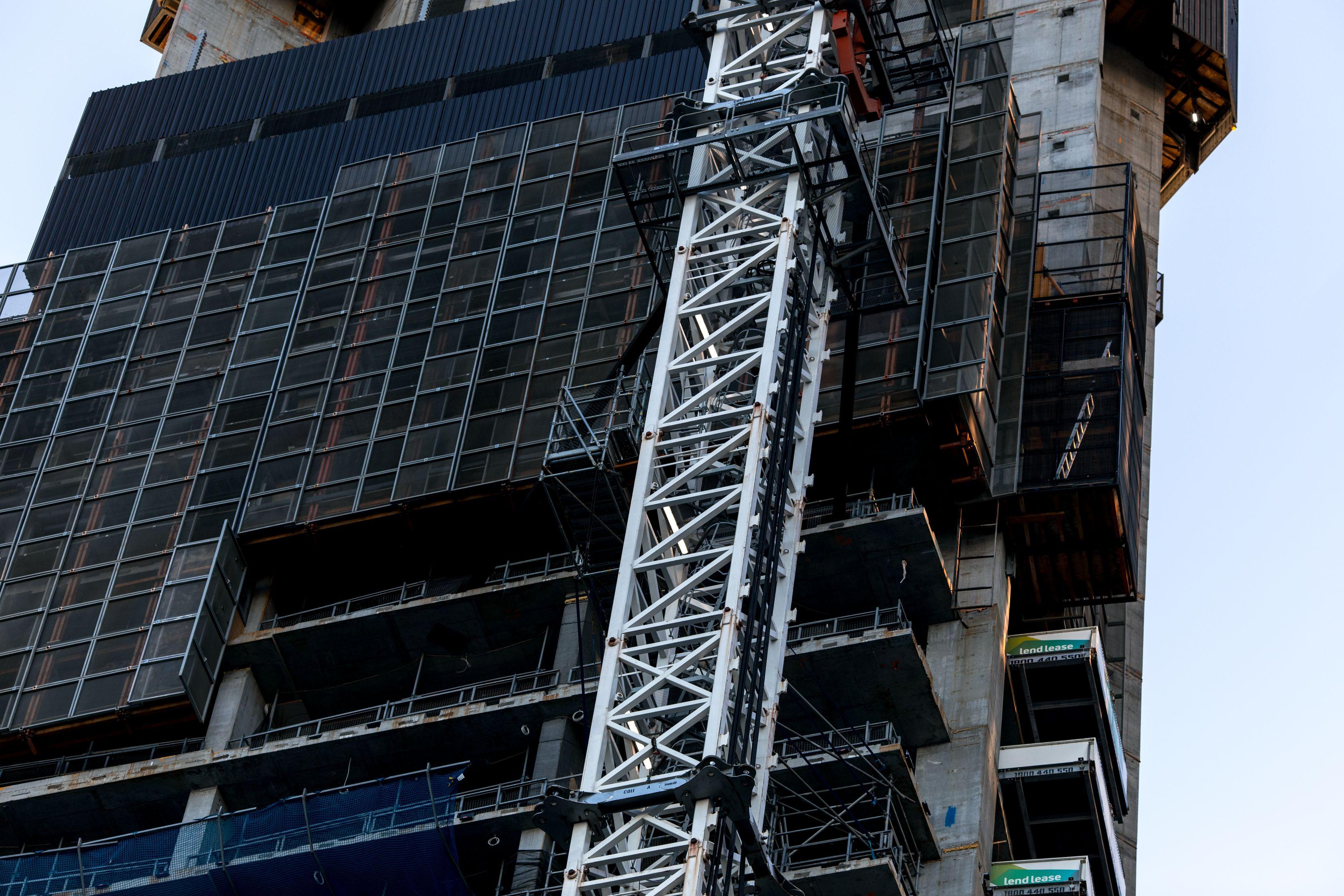NSW government’s recent Low and Mid-Rise Housing Policy
The official aim of the NSW Government’s recent Low and Mid-Rise Housing Policy is to “encourage the development of low and mid-rise housing in areas that are well located with regard to goods, services and public transport”.
As the population of Greater Sydney and NSW grows – and in particular the Six Cities Region stretching from the Shoalhaven-Wollongong in the south, to Newcastle-Lower Hunter in the north, to the Blue Mountains in the west – the government has shown a preference for “in-fill” medium density housing development in proximity to well-serviced urban hubs as opposed to low-density greenfield housing development on Sydney’s western fringes.
This is good news for young families, first home buyers, essential workers, and developers who have the opportunity to forge ahead with medium density residential developments in established urban areas. Previously low and medium rise development, as opposed to high rise, did not yield the required minimum returns.
Stage 1 of the policy came into effect on 01 July 2024.
Dual occupancies and semi-detached homes are now permitted in all R2 low density residential zones across NSW. Prior to this there were numerous local government areas where dual occupancy housing was prohibited in R2 zones. This is no longer the case.
There are new state-wide consistent “non-discretionary development standards” applying to dual occupancy housing which override any local government area’s development controls to the extent they are more restrictive. The aim is to relax development controls for dual-occupancy housing to make this is a more attractive and economically feasible option for developers.
Stage 2 of the policy came into effect on 28 February 2025.
171 Low Medium Rise (LMR) Centres and train / light rail / metro Stations were selected across the Six Cities Region. They were selected because they are already well serviced by infrastructure, transport, parks, shops and amenities. They are places in established urban areas where people generally want to live as opposed to new greenfield housing development on the urban fringes which may lack amenities and transport options.
Development controls have been relaxed within an area of 800 metres from the edge of these mapped LMR Centres and within 800 metres of the entry of each LMR Station. These new zones are called LMR Housing Areas.
- Low rise medium density housing including dual occupancies, semis, terraces, townhouses, villas and apartment buildings up to two storeys are now allowed in R2 zones within the LMR Housing Area. This excludes stand-alone houses.
- Medium rise medium density housing including apartment buildings from three to six storeys in height are now allowed in R2 and R3 (medium density) zones within the LMR Housing Area. Development controls have also been relaxed to encourage medium rise “shop top housing” (i.e. mixed-use developments). This excludes high-rise apartment buildings beyond six storeys.
- Less stringent development controls within the LMR Housing Area with respect to both low and medium rise buildings have now been mandated. These relax restrictive controls concerning criteria such as minimum lot size, lot width, floor space ratios and building heights. This will make it more economically feasible for developers to developer low and medium rise housing in these areas.
As the population of Sydney and NSW grows, our cities are becoming more crowded and dense.
One option is to continually build on the urban fringes which leads to urban sprawl. The NSW government has instead opted for low and medium rise development in established and connected urban areas. This holds numerous upside opportunities for developers.
Prior to commencing your project seek the right legal advice. At Hamilton Mott we can assist with planning, preparation, delivery and dispute resolution to maximise your gains.

